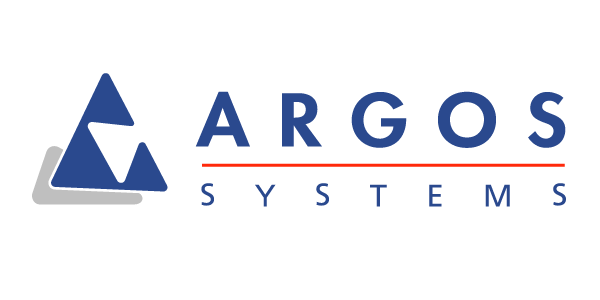
Automating AISI S100 Direct Strength Method Design Calculations for Arbitrary Cross-Sections: pyCUFSM and ClearCalcsEmerging Technologies
The Direct Strength Method, integral to AISI S100, typically requires a finite strip analysis, for which only a few software tools exist, and then interpretation of a signature curve that is rarely as clear-cut as the examples in the AISI S100 commentary. While some manufacturers have begun publishing critical local and distortional buckling moments (Mcrl and Mcrd), these are not universally available and are irrelevant for custom roll-formed sections. A highly-performant, open-source Python software package, pyCUFSM, has been developed - based heavily upon the long-standing and trusted Matlab CUFSM - and amended to include automated determination of the critical buckling moments Mcrl, Mcrd, and Mcre (and their axial force equivalents). Utilizing C-language compilation and optimized corner node identification, performance was enhanced such that 90% of analyses are completed in less than 3.9 seconds on tested modern laptops or web servers. The automated buckling parameter calculation was found accurate in over 90% of tested cross-sections, and conservative in the remainder. However, even with quick determination of the critical buckling parameters, full AISI S100 CFS design calculations are still complex and not accessible for all engineers or architects, especially those more accustomed to wood design. Full AISI S100 calculations have traditionally been performed using spreadsheets or math worksheets, though these are difficult to publish in a robust and validated manner to large numbers of users, and difficult to include many design scenarios in a unified calculator. A compiled pyCUFSM package has been deployed to auto-scaling web servers and integrated into a flexible calculation builder platform on ClearCalcs.com, resulting in a simple and reusable calculator for designing customized CFS cross-sections for arbitrary load and support conditions. A calculator was developed which requires only 4 inputs though with the option of fine-tuning other options such as web holes, various configurations of restraints and stiffeners, and optionally excluding inelastic reserve capacity. Extensive validation has been performed using the same DSM validations as the original CUFSM as well as several additional textbooks and design guides. The extensibility of both pyCUFSM and the ClearCalcs calculation builder is demonstrated for wide-scale sharing, publishing, and API integration of calculators by both researchers and design engineers, facilitating simple usage of both standards-compliant and novel research-based design approaches by the wider structural engineering community.
Brooks H. Smith Brooks Smith, P.E., CPEng, is a structural engineer with a passion for both research and software development, and a vision to making structural design safer, easier, and more efficient. He is the current Head of Engineering Research & Development at the Melbourne, Australia head office of ClearCalcs, a cloud-based platform providing structural design calculators to the USA, Canada, Australia, New Zealand, and Europe. In his free time, he is also an active member of the open source software community, and is the lead maintainer of FEA package anaStruct and FSM package pyCUFSM. Prior to joining ClearCalcs, Brooks’s comprehensive background includes post-graduate research in the system behaviour of CFS, forensic engineering consulting, and speciality consulting in CFS product development. While he has lived in Australia for the last 7 years, he grew up in the United States, earning his Master of Science in Civil Engineering from the University of Massachusetts, Amherst, and his dual Bachelors degrees from Dartmouth College and its Thayer School of Engineering. Click to register |

 Cold-formed steel (CFS) cross-sections with complex stiffeners, non-square bends, and even wholly arbitrary shapes are becoming increasingly popular and normalized, yet accurate design calculations for them are still plagued with a level of complexity that can be prohibitive for many engineers who have not explicitly specialized in CFS. Engineers often fall back to utilizing simpler design tools such as span tables and various simplified design standards such as AISI S230. While such designs are safe, they can also be over-conservative by upwards of 20%, especially for non-simply supported conditions, which can lead to a mistaken belief that CFS is less competitive as a material choice. A simpler means of performing a full design to AISI S100, using the modern Direct Strength Method, is imperative for wider adoption of CFS throughout the United States and internationally.
Cold-formed steel (CFS) cross-sections with complex stiffeners, non-square bends, and even wholly arbitrary shapes are becoming increasingly popular and normalized, yet accurate design calculations for them are still plagued with a level of complexity that can be prohibitive for many engineers who have not explicitly specialized in CFS. Engineers often fall back to utilizing simpler design tools such as span tables and various simplified design standards such as AISI S230. While such designs are safe, they can also be over-conservative by upwards of 20%, especially for non-simply supported conditions, which can lead to a mistaken belief that CFS is less competitive as a material choice. A simpler means of performing a full design to AISI S100, using the modern Direct Strength Method, is imperative for wider adoption of CFS throughout the United States and internationally.























